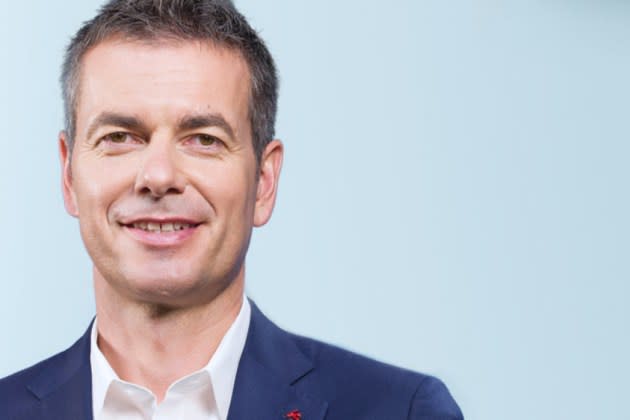Without Naming Spotify, Warner Music CEO Calls for Streaming Services to Raise Prices

Over the past couple of years, virtually every conversation about the challenges facing artists in the music-streaming economy has had one proposed quick fix: Raise subscription prices. As Milana Lewis, CEO of the distribution and payments platform Stem, told Variety last summer, “The price of everything else on earth is going up, and they all keep finding new ways to make subscriptions cheaper” via family and student plans, bundling and other initiatives. Apple Music, Amazon Music and Deezer have already done so, but others remain with the same $10 U.S. monthly price as when they started.
New Warner Music CEO Robert Kyncl brings a view from the other side to the top of the music industry: He was head of business for YouTube — where he led a sea change in the streaming giant’s relationship with the music industry by, guess what, introducing a paid music subscription service — and at Netflix, where he presided over the company’s shift from DVDs to streaming.
More from Variety
Spotify's Payments to the Music Industry Nearing $40 Billion
YouTube Gaming Star Markiplier Signs Exclusive Video Podcast Partnership with Spotify
Hasan Minhaj to Reprise Role as The Riddler in New DC Podcast Series for Spotify
On Wednesday, shortly after Spotify livestreamed its a two-hour-plus “Stream On” conference, where it announced a bevy of new initiatives— but no U.S. subscription price hike — Kyncl gave a talk at Morgan Stanley. It’s not surprising that such a price increase was one of the major topics of discussion: Without mentioning Spotify by name, the world’s largest streaming subscription service, Kyncl noted that if the price of an individual monthly streaming subscription were adjusted for inflation, it would cost $13.25 instead of $10.
“I do think that music is undervalued, and I think it’s underappreciated in the markets,” he said. “This is not my opinion: If you take the U.S., the price that the user pays per hour of consumption of music is half of what they pay for movies and TV shows on streaming services. I’m not even counting cable TV, where the ARPU is like insanely higher than that — but just streaming. So right there, it’s 50% undervalued today.
“How did that happen?,” he continued. “Subscription price on streaming got established in 2011 in the United States at [approximately] $10 per month per user. Some are raising, but inflation adjusted, it should be $13.25 today — and on top of it, in 2014, family plans got introduced, which effectively are lowering ARPU, which you can average out to $7. So now you’re at $7, roughly instead of $13.25.”
After acknowledging that initial low prices were essential to relaunch an industry that had seen its value cut in half due to illegal file-sharing, and that some services have begun to raise prices, he said, “That is a long time without changing the prices. And effectively, we are the lowest form of entertainment where there is monetization. I would say precisely the opposite: that music is actually the highest affinity entertainment, greater than movies and TV shows, because we use it most frequently. So we have the highest form of engagement, highest formal affinity and lowest per hour price — that doesn’t seem right.
“It is up to us, the industry overall, the DSPs and the labels to figure out a new model that drives value of music up while growing the business.”
While he admitted that he has only been in his new job for a couple of months, he did give one element of what that new model might look like.
“For instance, if a subscriber is starting the session with Lizzo, she should get the multipliers on her [stream total], because Lizzo basically brought the user to the platform — that is valuable to the platform. If she is consistently starting long sessions even though it’s not all with her content, she’s consistently long session generator. There should be multipliers for that,” he said.
“After a decade of incredible growth and coming out of the trial of the industry,” he concluded on the issue, “we need to be positioned in new ways for the next decade.”
Best of Variety
Final Oscars Predictions: Animated Short - Will the Academy Go for 'The Boy' or 'Dicks?'
Final Oscar Predictions: Documentary Short - Will the Academy Go for Malala or 'Elephants?'
Sign up for Variety’s Newsletter. For the latest news, follow us on Facebook, Twitter, and Instagram.
